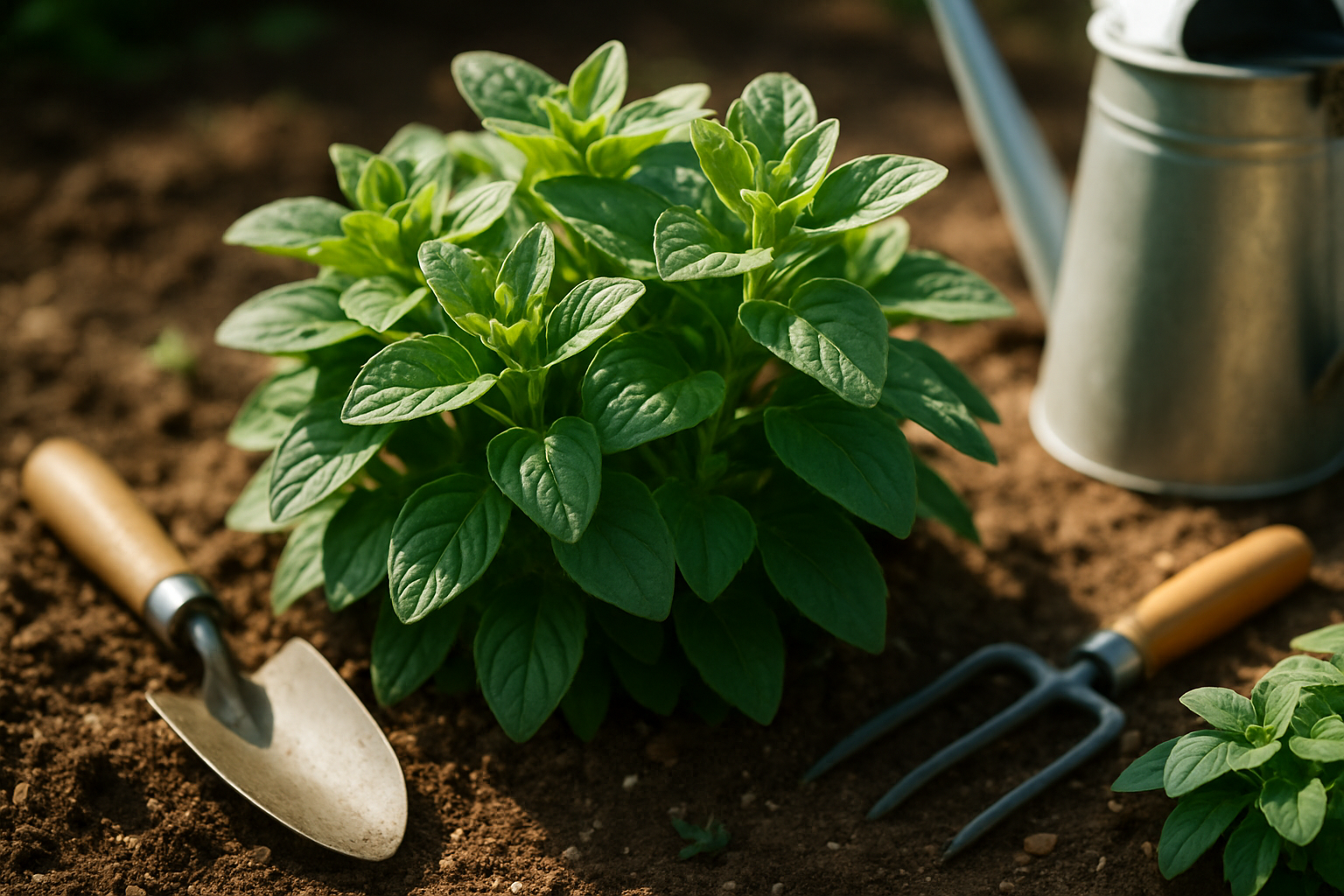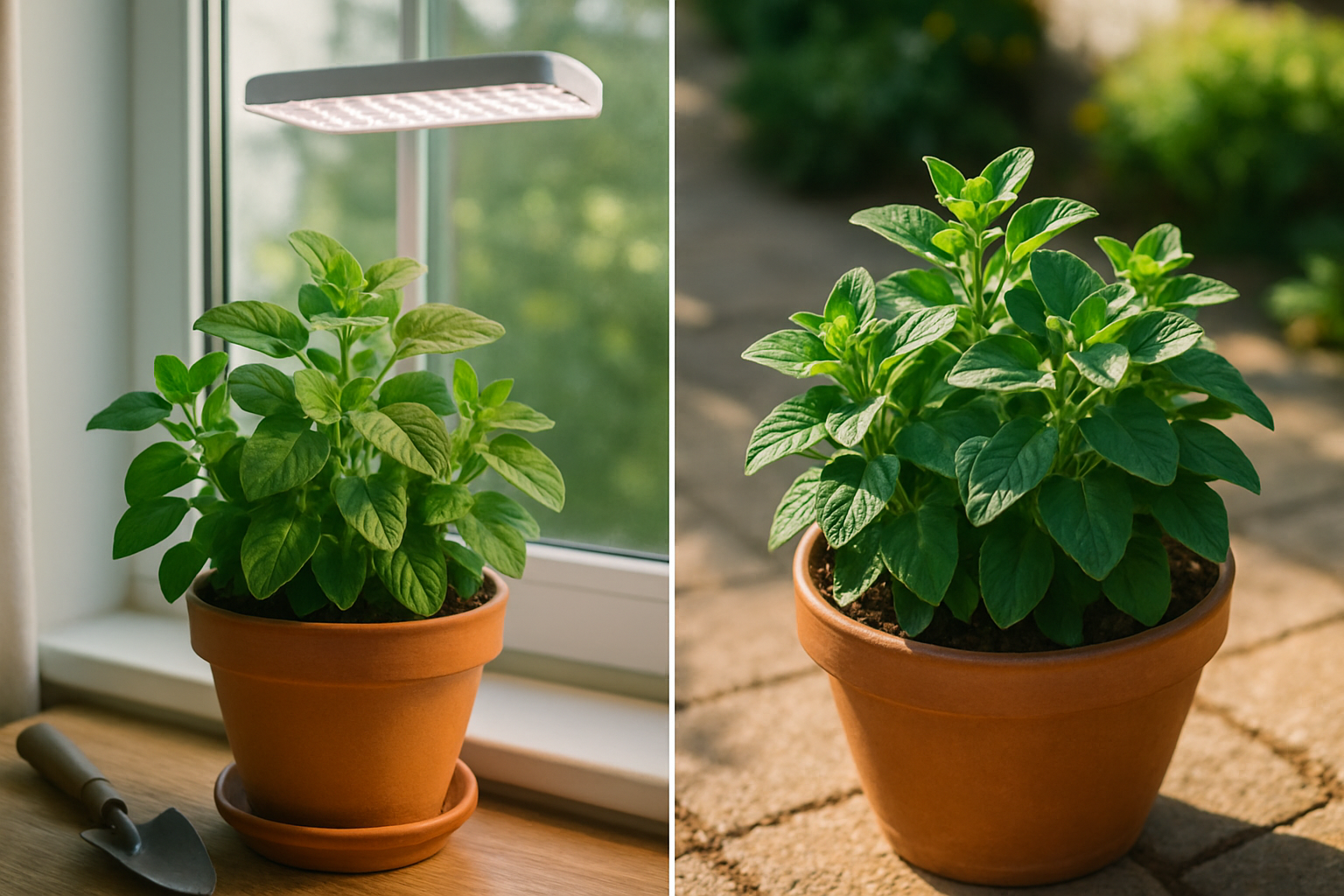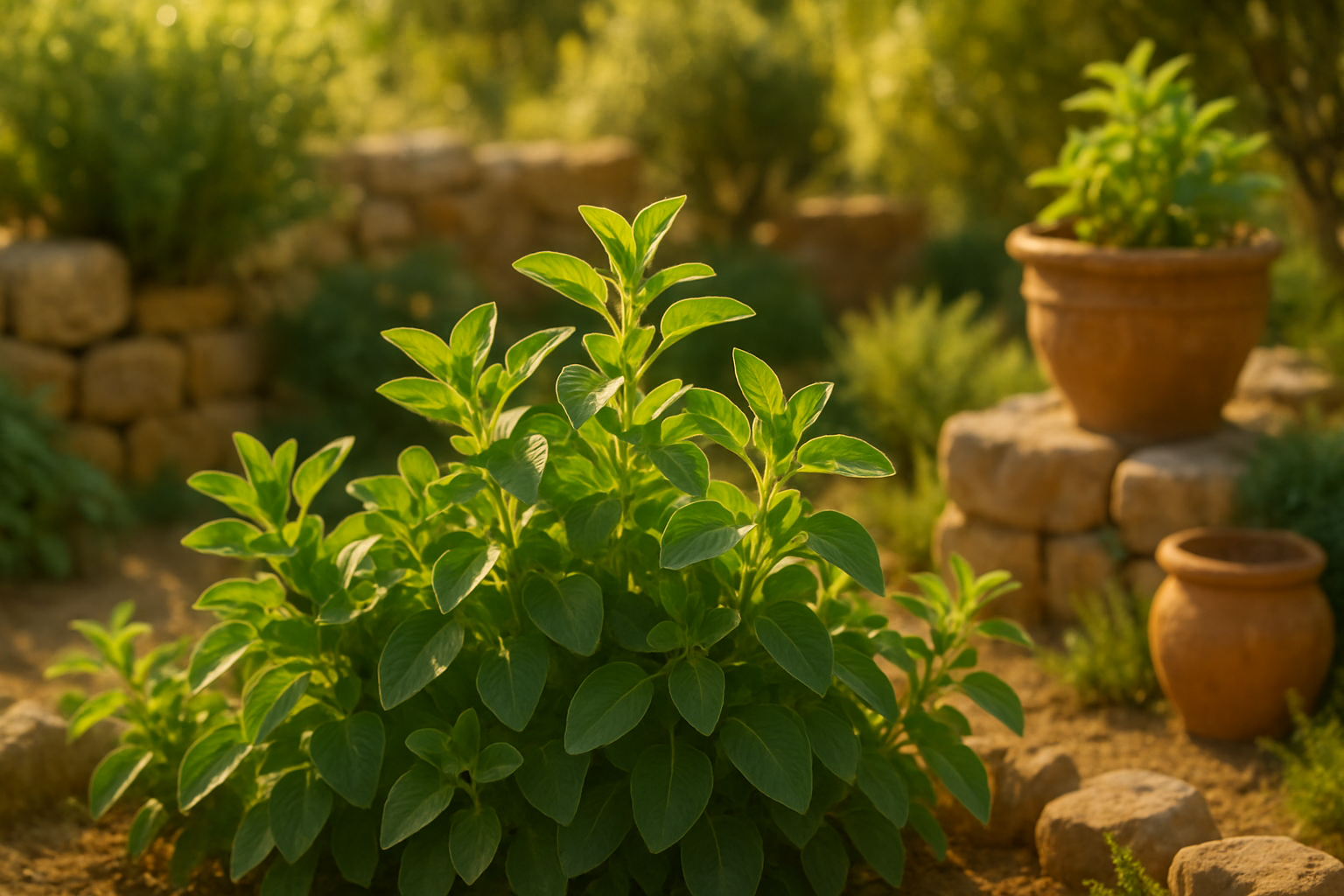Oregano’s Light Requirements

Oregano is a hardy herb that originates from the sun-drenched hillsides of the Mediterranean, and its light needs reflect this heritage. For the best growth and flavor, oregano thrives in full sun—meaning it needs at least six to eight hours of direct sunlight daily. While oregano can tolerate partial sun, around four to six hours a day, this often results in leggy plants that are less robust and have a milder flavor.
In shadier conditions, oregano may grow spindly, produce fewer leaves, and become more prone to disease due to increased humidity and reduced airflow. Light directly affects oregano’s essential oils, which give the herb its signature aroma and bold taste. More sunlight leads to higher concentrations of these oils, resulting in leaves with a stronger punch—perfect for cooking.
Gardeners in hotter climates might notice leaf scorching during the hottest afternoon hours. In those cases, it’s best to provide morning sun and some afternoon shade to prevent damage while still maximizing overall light exposure. For indoor growers, placing oregano near a south-facing window or using a grow light can simulate Mediterranean sunlight.
Remember to rotate your plants regularly, indoors or outdoors, to ensure every side gets enough light and promotes even growth. Ultimately, focusing on ideal light conditions encourages bushier plants, more intense flavor, and helps oregano stay healthy, resilient, and productive throughout the growing season.
Growing Oregano Indoors vs. Outdoors

Oregano is a versatile herb that adapts well to both indoor and outdoor environments, but its light requirements can vary quite a bit depending on where you plant it. Outdoors, oregano thrives in full sun, ideally receiving at least six hours of direct sunlight daily. Placing it in a garden bed, raised planter, or a sunny spot on your patio will produce the healthiest, most flavorful leaves. If your outdoor space is shaded or only gets morning sun, try to position your oregano where it’s least obstructed by trees or buildings.
When growing oregano indoors, the biggest challenge is usually insufficient light. Window sills that get bright, direct sunlight—especially south- or west-facing windows—are the best spots. Be sure to rotate your pot periodically to encourage even growth. If your home doesn’t get enough natural light, supplementing with full-spectrum grow lights can make a huge difference. Position the lights 4-6 inches above the plant and keep them on for 12-16 hours a day to mimic natural daylight.
For those living in apartments or homes with limited sunlight, compact LED grow light setups are a great option. They’re energy-efficient and easily adjustable to fit small spaces like kitchen counters or shelves. Watch for signs that your oregano isn’t getting enough light, such as leggy stems or yellowing leaves, and adjust your lighting accordingly. By understanding and adapting to your specific indoor or outdoor light conditions, you can enjoy a thriving oregano plant year-round—whether on your windowsill or garden patio.
Adapting to Different Climates and Seasons
Oregano is a sun-loving herb, but its sunlight needs can vary depending on your climate. In hot regions, especially those with scorching summers, it’s best to give oregano morning sun and light afternoon shade to prevent leaf scorch and keep the plant stress-free. You can achieve this by planting it near taller vegetables or using shade cloth during heatwaves.
In temperate climates, oregano thrives with full sun—about 6 to 8 hours daily—so feel confident planting it in an open, sunny spot. In cooler climates, where sunlight is less intense, position oregano where it will receive the most rays, typically a south-facing location.
As the seasons change, keep an eye on sun exposure. During summer, potted oregano can be moved to avoid harsh midday glare. In winter, bring pots indoors to a sunny window or use grow lights if natural light is limited. For outdoor overwintering, mulch generously around the base to protect roots. If snow or frost is common, consider building a simple cold frame or using a row cover.
Potted oregano can also be sheltered in a cool, bright indoor spot—just water sparingly since oregano goes semi-dormant in winter. With a little planning, you can enjoy healthy oregano year-round, no matter where you live.
Signs of Too Much or Too Little Sun
Recognizing whether your plants are getting the right amount of sun is key to thriving growth. If your herbs or veggies aren’t getting enough sunlight, you’ll often notice symptoms like leggy stems stretching toward any available light, pale or yellowish leaves, and flavors that feel dull or weak—think basil that’s more bland than bold.
On the other hand, too much sun has its own warning signs. Leaves may look scorched, develop brown crispy edges, or turn an unhealthy shade of yellow, especially during the hottest part of the afternoon. Growth can even slow down as the plant tries to conserve energy.
If you spot these issues, try tweaking your setup:
- Move potted plants to a sunnier windowsill or closer to a grow light if they need more light.
- Provide shade cloth, taller companion plants, or shelter from harsh afternoon rays if they’re getting too much sun.
- Rotate pots regularly so all sides get even light exposure.
- Keep an eye on weather changes that could affect sunlight patterns.
By responding promptly to these signs, you can help your plants recover quickly and find that just-right spot where they’ll truly flourish.
FAQs on Oregano Sun and Shade Care
Many gardeners wonder if oregano really needs full sun or if it can still thrive in shaded spots. Generally, oregano loves sunlight—aim for at least 6 to 8 hours of direct sun each day for the most flavorful leaves and healthiest plants.
In cooler climates or during mild summers, a little less sun is fine. However, in very hot regions, providing dappled afternoon shade helps prevent scorching. If you must grow oregano in partial shade (fewer than 6 hours of sun), choose the brightest spot available, such as a windowsill or balcony.
Keep in mind that oregano grown in shade will be leggy and less robust, with a milder flavor compared to sun-grown plants. Soil quality is also important: well-draining soil helps prevent waterlogging, which is especially crucial in shady areas where evaporation is slower.
For containers, use a potting mix labeled for herbs or a blend of garden soil and perlite; always make sure pots have drainage holes. Watering needs will vary—oregano in full sun dries out faster and needs more frequent but shallow watering to keep the soil lightly moist, not soggy. In shadier spots, water less often to avoid root rot.
For beginners, start with a healthy oregano seedling rather than seed and place it where it receives the most sun possible. Rotate container-grown oregano every few weeks for even growth, and remember to harvest leaves regularly. Frequent trimming encourages bushier, sun-loving growth and rewards you with a plentiful supply of fresh flavor.
Recap
Oregano thrives best in full sun, soaking up at least 6 hours of direct sunlight each day, but can tolerate some light shade—especially in hot climates, where afternoon shade helps prevent leaf scorching. Whether you’re growing oregano in the garden or in a pot on your kitchen windowsill, good drainage is essential. Use well-draining potting mix and avoid overwatering, as soggy soil can lead to root rot.
Outdoors, space plants about 12 inches apart to promote airflow and minimize fungal issues. Indoors, place pots in your sunniest spot and rotate them weekly so all sides receive enough light. If natural sunlight is limited, consider supplementing with a grow light.
Prune stems frequently to encourage bushy growth, and pinch off flower buds to keep flavors robust. Every plant—and environment—is unique, so observe how your oregano responds to different light levels, watering routines, and pruning.
Don’t be afraid to try new spots or techniques. With a little attention and experimentation, you’ll discover what helps your oregano flourish and keep your kitchen supplied with fresh, fragrant leaves all season long.
